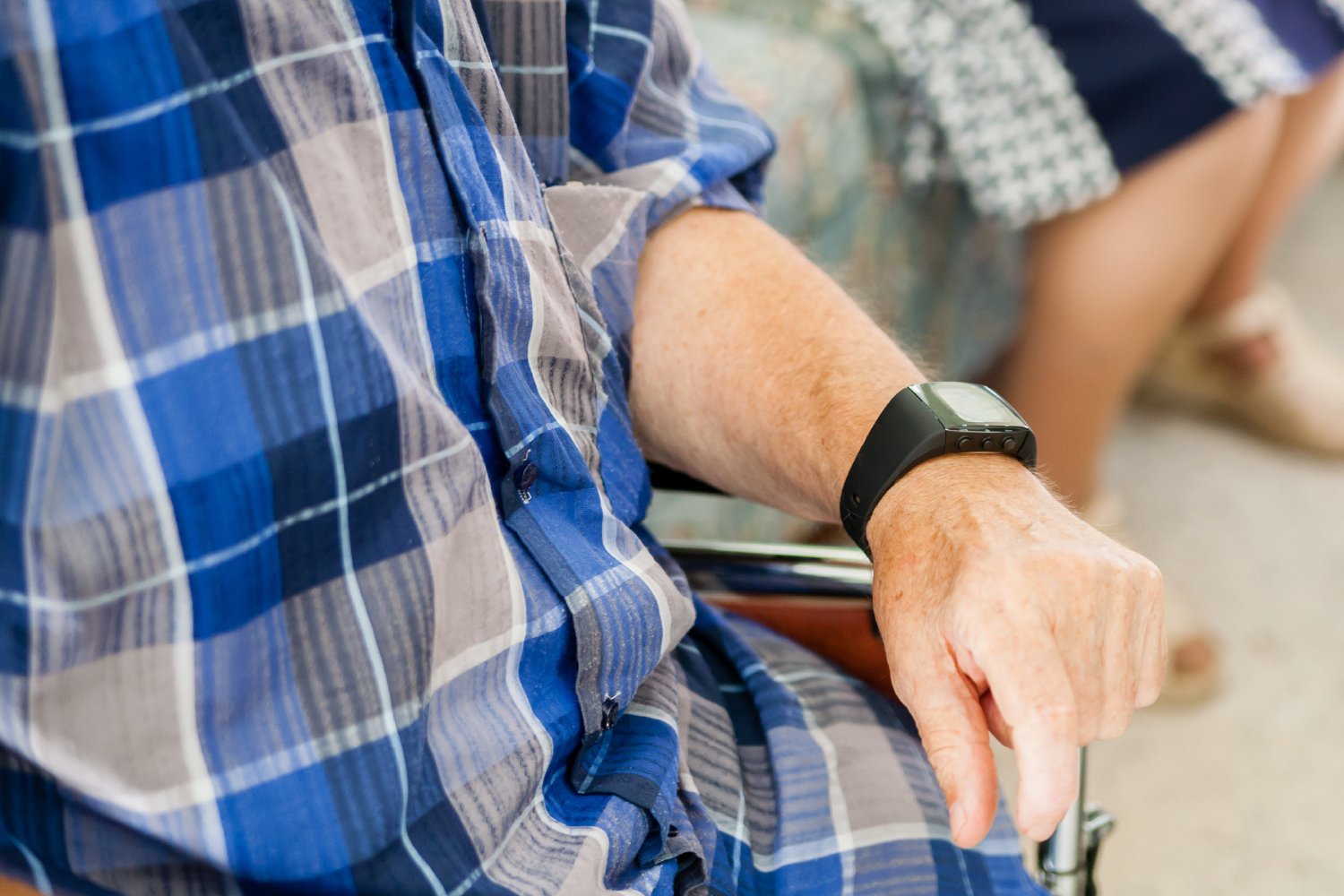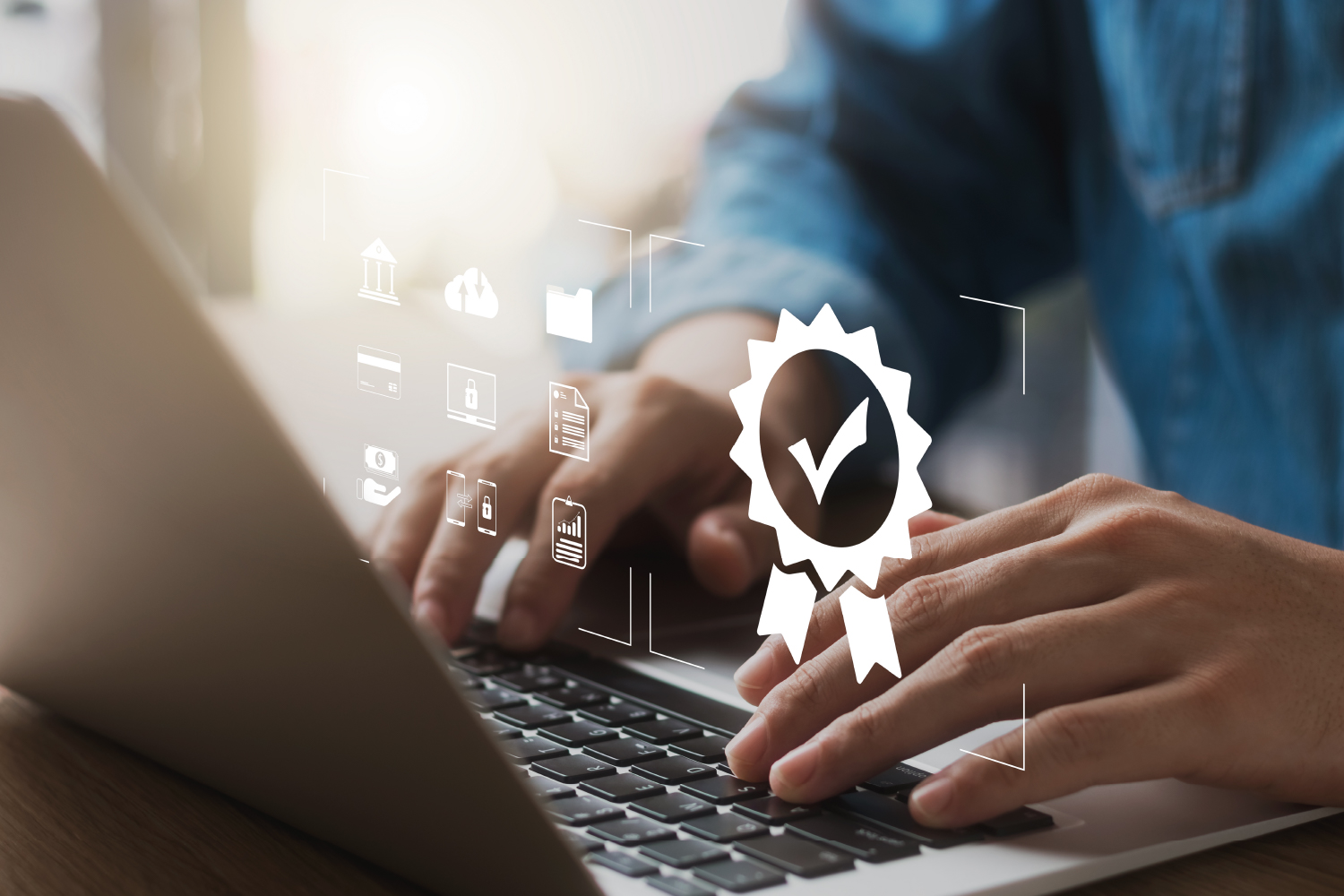Making Healthcare More Accessible Through Multichannel Communications
Making Healthcare More Accessible Through Multichannel Communications

Healthcare services across the world are under pressure as populations get older and modern lifestyles become more challenging to general health. It’s also the case that up to 19% of patient appointments are missed across the healthcare industry, leading to increased costs for the healthcare provider, unnecessary extra strain on resources, longer wait times, and often a less-than-satisfactory patient experience. To make healthcare more accessible, new technologies are being introduced that allow patients to receive healthcare services without having to make a physical visit to a healthcare facility.
By leveraging multichannel communication and admin platforms, healthcare providers can provide patients with a more efficient experience while still improving patient monitoring capabilities. Let's take a closer look at some of the ways that multichannel communication can be used to make healthcare more accessible.
Book Appointments Through SMS or WhatsApp
One way to improve patient outcomes is to reduce the number of no-shows for appointments. Using a multichannel communication platform, patients can request and book appointments via SMS, WhatsApp, or other instant messaging platforms. Healthcare providers can automate this entire process using a chatbot and take the strain from their customer service staff. Once booked, they can also send appointment confirmations via text or WhatsApp message, as well as automated reminders and location details. This helps ensure that patients are kept informed about their upcoming appointments and are less likely to forget them.
Appointments Via Video Call
Not all medical consultations need a physical examination, in many circumstances, a video call can be sufficient for medical professionals to assess and provide a service. When appropriate, this provides patients with quick and convenient access to healthcare without having to leave their homes or work environment. It’s also a more efficient way of providing services for the healthcare provider and allows more capacity for physical examinations for those cases that require it.
Request and Send Prescriptions Electronically
The traditional way to request and deliver prescription drugs involves a visit to a GP followed by a visit to the pharmacist, a process that can take up significant time and resources when repeated over and over. In many cases, Instant messaging services such as WhatsApp and SMS can also be used more effectively to send and receive prescriptions electronically. This provides patients with a secure way to communicate with healthcare providers and makes prescriptions available to them without the need to travel to the doctor or the pharmacist. Again, this has the double benefit of being more convenient for the patient and also freeing up frontline health practitioners to give their attention to those cases that require in-person care.
Patient Education & Monitoring

Multichannel communication also provides healthcare providers with an effective way to inform, educate and monitor their patients. Through the use of personalized factsheets sent directly to personal devices, healthcare providers can provide patients with information about specific conditions and treatments. Additionally, remote patient monitoring (RPM) systems can be used to track patient progress via wearable technology and transmit data. This helps healthcare providers better monitor their patients and quickly respond to any changes in condition, without the need for so many in-person check-ups.
Secure Communication and Verification
A vital factor in the use of multichannel communication for the provision of healthcare is that patient information is transmitted securely. With the extra security and verification features now available across communication platforms, healthcare providers can make sure that patient data is kept confidential and that secure payments are processed quickly and easily. This provides patients with the peace of mind of knowing that they can share sensitive information with their healthcare provider with the discretion and confidentiality that they demand from a trusted health professional
Accessibility for Patients with Disability
Multichannel communication can also provide greater accessibility for patients with disabilities. This is clearly an important factor in the healthcare industry. By utilizing tools such as assistive technology, healthcare providers can improve patient access and ensure that everyone has the same access to quality healthcare regardless of their disability.
This can include everything from providing information in alternative formats for those with eyesight or hearing problems to offering more flexible appointment times or video consultations for patients who may be unable to visit a healthcare provider in person.
Conclusion
Overall, multichannel communication can be used to improve healthcare accessibility and provide a secure way for patients and healthcare providers to communicate. By utilizing tools such as WhatsApp, video conferencing, and remote patient monitoring systems, healthcare providers can ensure that their patients receive the best care possible in a timely manner. Additionally, this technology can help to increase patient access for those with disabilities and provide more secure communication. With multichannel communication, healthcare providers can make sure that their patients receive the care they need safely and efficiently.
Contact Unifonic today to talk to one of our experts about our multichannel communication solutions for the healthcare industry.
Related articles

17 November 2022
Improving Public Services Through Multichannel Communication
Read more



